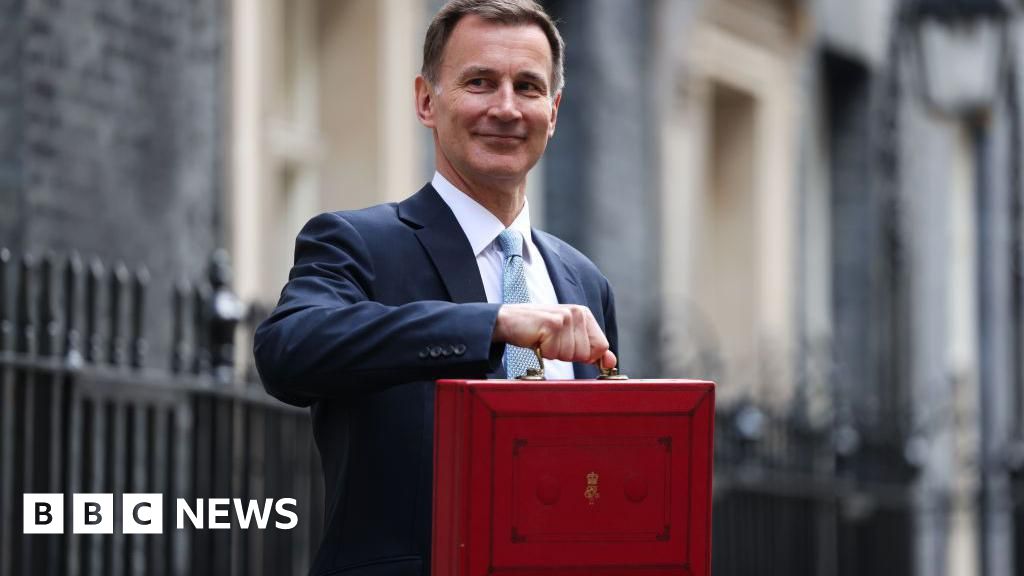Intel’s dismal fourth-quarter earnings and poor outlook have analysts extremely bearish on the stock, as they were surprised at the magnitude of the weakness in the quarter and expect the chip maker’s difficulties to continue in 2023. Simply put: “That was indeed something,” Cowen analyst Matthew Ramsay wrote in a client note. “Somehow… It was much worse than feared.” Some analysts used even stronger language as Intel tumbled 10% in premarket trading to around $27 a share, adding to its 42% decline from its most recent 52-week high. “No words can portray or explain the historic collapse of Intel, with management attempting to blame a worst-ever PC inventory digestion dynamic and macro/China/enterprise to an over 20% q/q decline in sales,” wrote Rosenblatt’s Hans Mosesmann, who rates the stock a sell. Analysts across different banks cut their price targets after the company reported quarterly and yearly declines in its sales, profit, gross margin, and outlook. The company is struggling with falling demand for PCs and a resulting inventory glut. Here’s a review of the major Intel calls Friday morning: Credit Suisse cuts price target to $25 from $28, reiterates neutral rating. Goldman predicts 20% downside in stock, reiterates sell rating. JPMorgan cuts price target to $28 from $32, reiterates underweight rating. Mizuho cuts price target to $29 from $32, reiterates neutral rating. Rosenblatt cuts price target to $17 from $20, maintains sell rating. Baird cut price target to $32 from $34, maintained neutral rating. Wells Fargo cuts price target to $26 from $32, reiterates equal weight rating. Barclays cuts price target to $27 from $30, keeps equal weight rating. Bernstein lowers price target to $20 from $23, keeps underperform rating. Cowen cuts price target to $26 from $31, keeps market perform rating. Intel forecast just $11 billion in sales for the current quarter, a 40% decline from the same period a year ago. The company predicts gross margins will be just 34.1%, down from 55.2% a year ago. “While we were braced for a weaker number, and had cut estimates in our preview, the magnitude of the weaker guidance was quite surprising to both us and to investors that we talked to,” wrote Morgan “The good news here is that CQ1 is so bad we believe that this is the bottom,” wrote UBS analyst Timothy Acuri. —CNBC’s Michael Bloom contributed to this report.















































